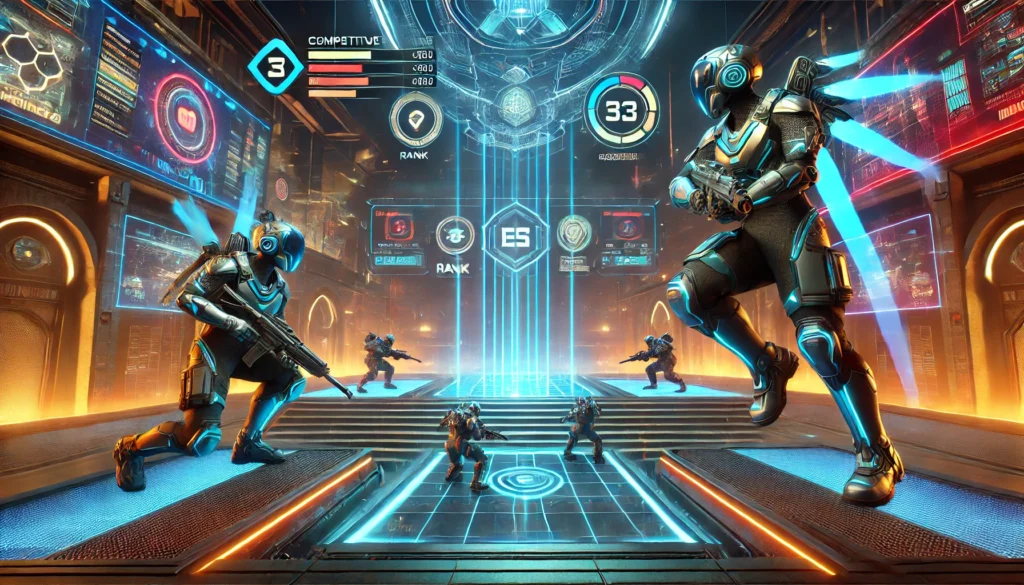Riot Games launched Valorant in 2020, and the tactical shooter quickly became a fixture of global esports. Each ranked split now attracts millions of players, hoping to advance from Iron to Immortal or even Radiant. Raw aim helps, but sustained progress depends on structured routines, clear goals, and steady mindset training. Articles that discuss these methods often highlight coaching sessions, performance analytics, and focused warm-ups. Alongside that content, readers who want specialized support frequently turn to a trusted Valorant boosting service for match analysis or duo-queue guidance that strengthens personal practice plans.
The idea of what makes the difference between long-term success and short-term hot streaks can seem complicated initially. It is easier to keep frustration at a minimum by subdividing the process into specific steps, however. This guide looks at some fundamental principles of mechanical drills, map study, mental habits, and cross-training that, when utilized together, can make any competitor move up the ranks without burning out.
Mechanical Drills Build Reliable Muscle Memory
A crucial mistake many beginners make is jumping into ranked lobbies cold. Warm hands and sharp eyes reduce early-round blunders and set a positive tone for the match. Five to ten minutes in the practice range, focusing on smooth crosshair placement and burst discipline, prepares reflexes for live pressure. After that short session, aim trainers such as Kovaak’s or Aim Lab reinforce baseline precision with controlled flicks and tracking sequences. The goal is consistency, not flashy highlights. Repeated micro-adjustments teach the arm and wrist to deliver near-identical shots, round after round. Over weeks, this steadiness translates into higher headshot rates and quicker follow-ups, allowing more mental bandwidth for rotations and utility timing.
Core mechanical checkpoints elite players track
- Crosshair alignment: keeping the crosshair at head height while clearing angles.
- Reaction timing: firing within 200 milliseconds of target appearance.
- Spray control: landing the first six bullets tightly on medium-range targets.
- Counter-strafing: stopping momentum before shooting to achieve perfect accuracy.
Practising each checkpoint daily prevents form slippage and encourages gradual yet noticeable gains.
Map Knowledge Turns Information into Rounds Won
Valorant maps reward those who memorise common plant spots, default setups, and rotation timings. Studying pro VODs reveals why certain angles dominate early duels and how coordinated utility stalls push. Rather than copying every smoke lineup, aspiring players should start with two comfort agents and drill the most useful abilities for each bomb site.
Creating a personal notebook or a simple digital document removes the need to recall every detail mid-match. Writing “Ascent B Site: 22 seconds after barrier drop, flash lane for entry” anchors timing in memory. During review sessions, adjusting notes to reflect patch changes keeps preparation current without overwhelming the learner.
Emotional Control Protects Performance Under Pressure
Tilt remains a silent, rank thief. An unexpected whiff or teammate mis-play can spiral into rushed peaks and abandoned game plans. Techniques borrowed from sport psychology lighten that load. Controlled breathing between rounds, brief posture resets during the buy phase, and silent self-talk such as “focus on next angle” help restore calm. Players who track confidence alongside KDA often notice that mental dips, not mechanical slumps, trigger losing streaks. By normalizing short breaks after two tough matches and celebrating small improvements like fewer unnecessary re-peeks, shooters maintain motivation throughout the entire split.
Everyday habits that stabilize a competitive mindset
- Short reflection notes after each game, noting one success and one lesson.
- Screen-free pauses between queue pops to reduce information fatigue.
- Physical stretches to ease neck and wrist tension, preventing discomfort from shaping decisions.
- Positive comms that give concise updates instead of blame, fostering better team cohesion even with strangers.
Sustaining these habits turns high-pressure rounds into manageable, repeatable experiences.
Cross-Training Enhances Spatial Awareness and Team Play
Variety sharpens game sense. Watching pro tournaments sparks new angle ideas, while casual death-match sessions refine raw aim without economic pressure. Mixing modes two or three times per week stops practice from feeling monotonous and exposes players to wider play styles. Swipe-through reviews of clutch montages slow speed down, revealing subtle repositioning choices that often decide a round.
Many rising competitors also analyze friendly scrims using basic stat trackers. Reviewing heat maps highlights predictable paths and shows which bomb sites yield more success. Adjusting mid-game strategies based on that data speeds adaptation and leads to smarter gamble stacks on defense.
Putting It All Together
Rank climbs rarely hinge on a single bold ace or lucky spike plant. They reflect dozens of small edges gained through repetition, study, and self-care. Mechanical drills anchor accuracy; map knowledge accelerates rotations; mental steadiness keeps losses contained; and cross-training broadens perspective. When combined, these pieces form a supportive loop, each aspect reinforcing the others until strong habits replace guesswork.
Competitive shooters evolve with every patch, introducing new agents, weapons, and economy tweaks. Players who commit to flexible routines meet those changes confidently, knowing the same foundational skills transfer across updates. Over time, steady practice converts into visible ladder movement: Gold to Platinum, Platinum to Diamond, and further for the most dedicated.
Advancing through Valorant’s ranks may feel daunting, but the journey becomes clear once objectives shrink to daily, achievable tasks. Ten accurate burst drills, two focused VOD sections, one calm breathing reset repeat. Master those micro-choices, and the macro-goal of higher elo follows naturally.



































